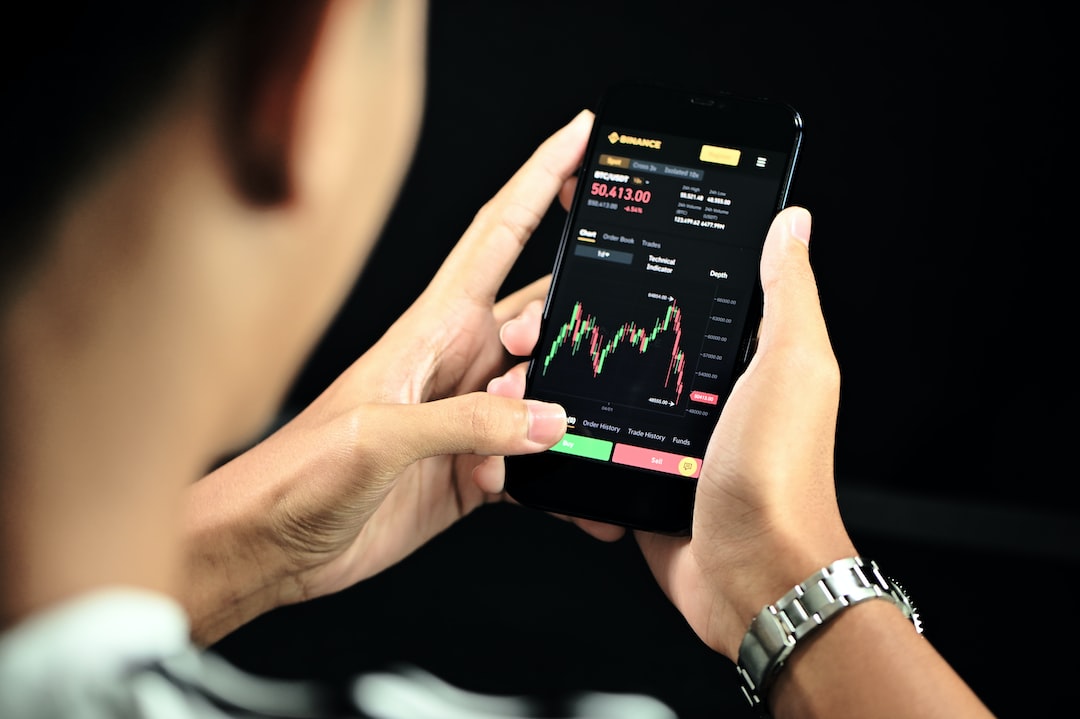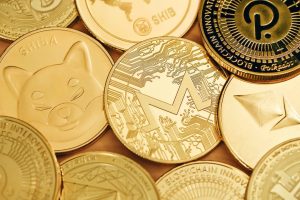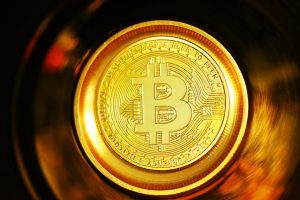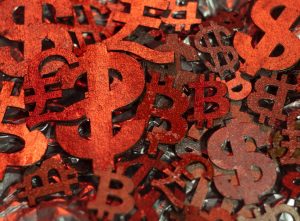Forex, also known as foreign exchange or currency trading, has become one of the largest financial markets in the world, with daily trading volumes surpassing $5 trillion. The forex market is a decentralized market where currencies are traded globally. It is an important market for businesses, investors, and governments to exchange currencies for international trade and investment purposes. But when did forex start, and how did it become the largest financial market in the world?
The history of forex trading can be traced back to the ancient times when people used to exchange goods and services with each other. Later on, as the world became more connected, the need for exchanging currencies became more prevalent. The first recorded currency exchange took place in the 17th century in Amsterdam, where merchants exchanged currencies to facilitate international trade.
However, the modern forex market as we know it today started in the 1970s. Before then, most countries had fixed exchange rates where their currencies were pegged to the US dollar or gold. This system was known as the Bretton Woods system, which was established in 1944 to regulate international trade and prevent currency wars. But the system collapsed in 1971 when the US government ended the convertibility of the dollar to gold, leading to a free-floating exchange rate system.
The free-floating exchange rate system gave birth to the modern forex market, which allowed currencies to be traded freely and independently without any fixed exchange rates. The first forex trading platform was established in 1972 by the Chicago Mercantile Exchange (CME), which offered currency futures contracts. The currency futures contracts allowed traders to hedge against currency risks and speculate on currency movements.
In the 1980s, electronic trading platforms were introduced, which made forex trading more accessible to individual traders and investors. The first electronic trading platform was developed by Reuters in 1984, which allowed traders to access real-time prices and execute trades electronically. Later on, other electronic trading platforms such as EBS and Bloomberg were introduced, which revolutionized the way forex trading was done.
The 1990s saw the emergence of online forex brokers, which allowed retail traders to trade currencies from the comfort of their homes. These online forex brokers provided traders with access to leverage, which enabled them to trade large positions with small amounts of capital. This led to a surge in retail forex trading, which has become one of the largest segments of the forex market today.
The 2000s saw the rise of algorithmic trading, which is also known as automated trading or black-box trading. Algorithmic trading uses computer programs to execute trades based on predefined rules and algorithms. This type of trading has become popular among institutional traders and hedge funds, who use it to execute large trades and take advantage of market inefficiencies.
Today, the forex market is the largest financial market in the world, with daily trading volumes surpassing $5 trillion. It is a global market that operates 24 hours a day, five days a week, with trading centers in major financial hubs such as London, New York, Tokyo, and Sydney. The market is dominated by major currency pairs such as EUR/USD, USD/JPY, and GBP/USD, which account for the majority of the trading volume.
In conclusion, the modern forex market started in the 1970s when the Bretton Woods system collapsed, leading to a free-floating exchange rate system. The first forex trading platform was established by the CME in 1972, which offered currency futures contracts. The market has evolved over the years, with the introduction of electronic trading platforms, online forex brokers, and algorithmic trading. Today, the forex market is the largest financial market in the world, with daily trading volumes surpassing $5 trillion.





